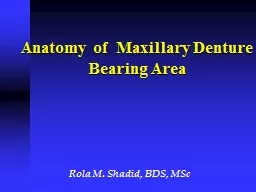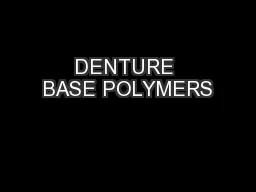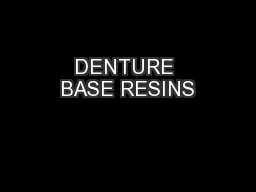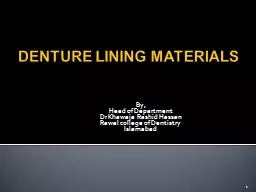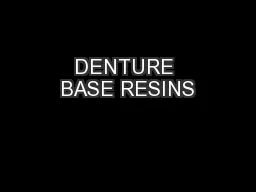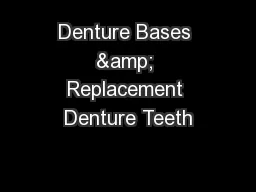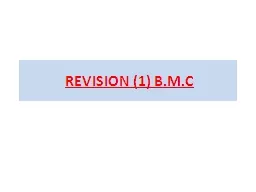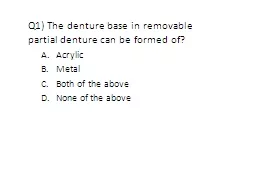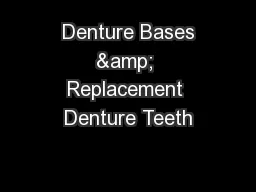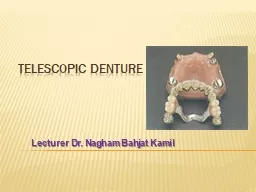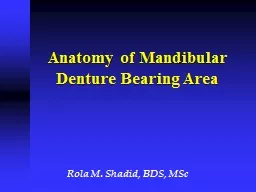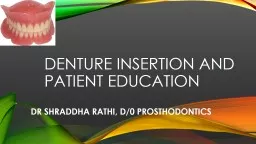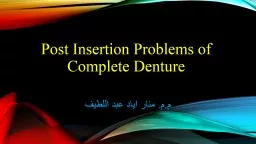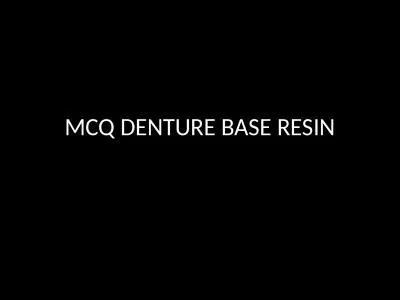PPT-Anatomy of Maxillary Denture Bearing Area
Author : cheryl-pisano | Published Date : 2020-01-31
Anatomy of Maxillary Denture Bearing Area Rola M Shadid BDS MSc Osteology The osseous structures not only support the denture but also have an direct bearing on
Presentation Embed Code
Download Presentation
Download Presentation The PPT/PDF document "Anatomy of Maxillary Denture Bearing Ar..." is the property of its rightful owner. Permission is granted to download and print the materials on this website for personal, non-commercial use only, and to display it on your personal computer provided you do not modify the materials and that you retain all copyright notices contained in the materials. By downloading content from our website, you accept the terms of this agreement.
Anatomy of Maxillary Denture Bearing Area: Transcript
Download Rules Of Document
"Anatomy of Maxillary Denture Bearing Area"The content belongs to its owner. You may download and print it for personal use, without modification, and keep all copyright notices. By downloading, you agree to these terms.
Related Documents

